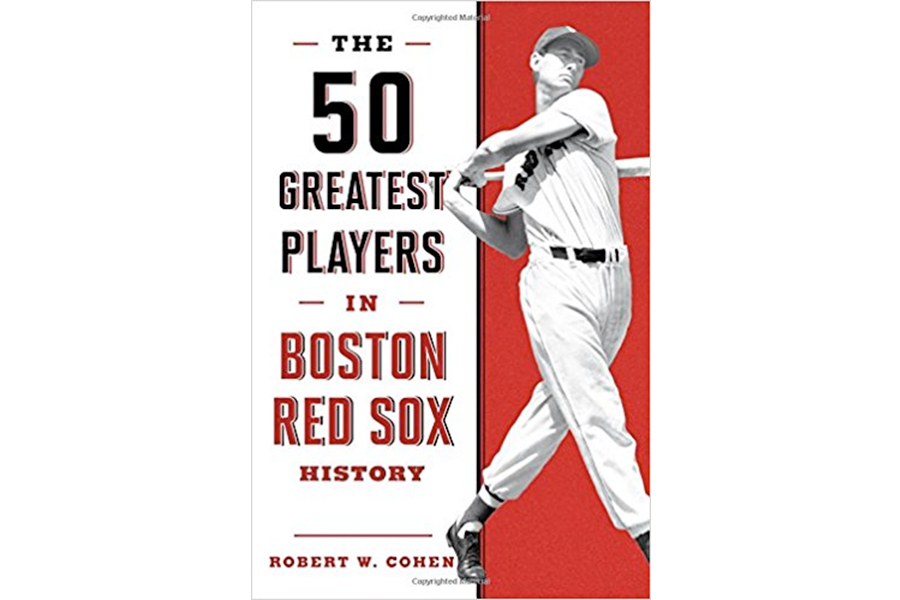Ranking the all-time greatest players on any pro sports team is a tricky, if a fun-to-debate, exercise. But it is an especially difficult task when the team’s history is as long and storied as that of the Boston Red Sox. Seeing which 50 players baseball historian Robert W. Cohen places among the franchise’s top 50, and in which order, makes for a page-turner and argument starter. It probably shouldn’t surprise anyone that Ted Williams tops Boston’s chart, followed by Carl Yastrzemski, Pedro Martinez, Roger Clemens, Cy Young, Wade Boggs, Jim Rice, Jimmie Foxx, Tris Speaker, and Bobby Doerr. In case you’re wondering about World Series hero David Ortiz, a desgnated hitter, he ranks 11th. Regardless of the ranking order, however, there are extensive career reviews of the entire top 50, including 50th-ranked Jim Lonborg, a pitching star on the 1967 Impossible Dream Team.
Here’s an excerpt from The 50 Greatest Players in Red Sox History:
“2 - Carl Yastrzemski: Following a legend is never easy. That is something Carl Yastrzemski discovered after he inherited the Boston Red Sox left field job from Ted Williams at the start of the 1961 season. Yastrzemski played well for the Red Sox his first six years in the American League, winning a batting title and being named to three All-Star teams. Nevertheless, his inability to perform at the same lofty level that Williams reached during his remarkable career often left Yastrzemski feeling frustrated, dejected, and reviled. Frequently booed by the Fenway faithful, the young outfielder led a rather turbulent existence his first few years in Boston, failing to gain full acceptance by Red Sox fans until 1967, when he captured the American League Triple Crown and put together one of the finest all-around seasons in league history. From that point on, Yaz reached a level of popularity in Boston that few other athletes have ever approached.”







